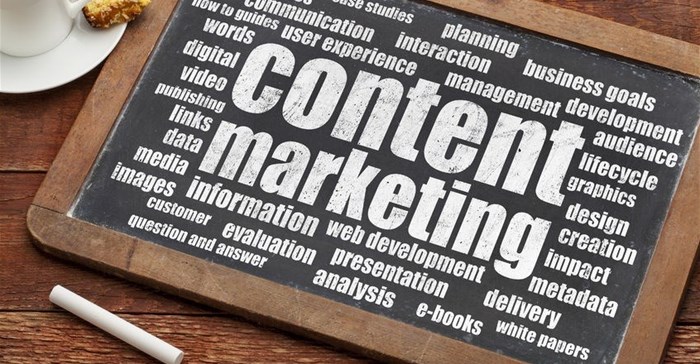News media companies expect sharp growth in native advertising revenues over the next two years as cultural obstacles are overcome and best practices embraced, according to survey results released this week by the International News Media Association (INMA) and the Native Advertising Institute (NAI).

Image by 123RF
‘Native Advertising Trends 2016: The News Media Industry’ features a survey of 156, mostly newspaper media companies, in 48 countries conducted in July to September 2016. Most respondents are members of INMA, representing the leading news media companies in the world.
The 51-page report is available for free to INMA members via INMA.org and to others via the Native Advertising Institute.
“It’s the first-ever global study done on native advertising for newspaper media,” said Jesper Laursen, founder of NAI, and Earl J. Wilkinson, executive director and CEO of INMA, in a joint statement. “Our goal has been to shed light on one of the most important topics and fastest-growing streams of revenue in the industry today.”
According to the INMA-NAI survey, 11% of overall advertising revenue from newspaper media was channelled to native advertising in 2015. That share is expected to grow to 25% by 2018.
While publishers will manage this shift over the next two years, the data and the case studies suggest a growing body today of actionable best practices.
As of late 2016, 48% of newspaper media are already doing some form of native advertising (also known as content marketing or advertorials), and another 39% are likely to add it as an advertising option, according to the survey. Some 89% of respondents say native advertising is important to their companies – with a plurality rating it as the most important new advertising source above programmatic. More than three out of four publishing executives surveyed are bullish about native advertising.
The report was written by NAI founder Jesper Laursen and Martha L. Stone, CEO of the World Newsmedia Network. Other highlights of ‘Native Advertising Trends 2016: The News Media Industry’ include:
- The role of editorial: How native advertising gets executed is as hotly debated at media companies today as print advertorials were in years past. Yet the INMA-NAI survey sheds light on emerging trends: 42% use editorial teams for native advertising; 33% use their own native advertising studio; 28% use a separate native advertising team; and 26% use an external agency partner. The fact that media owners already have general editorial expertise is considered by 66% to be the top strength for native advertising at their companies - yet 38% say the lack of separation of the editorial and commercial sides of the business is a threat to proper execution of native advertising.
- Labelling: A clear consensus among media companies that participated in the survey emerged about how to label native advertising in publisher ecosystems. Some 60% say “sponsored content” is their label of choice; while 24% label native advertising as “advertisement” or “paid content”. Disturbingly, 7% of respondents don’t label native advertising, prompting a chastisement by the authors.
- Native vs. traditional advertising: A slight majority of media companies surveyed (54%) sell native advertising in combination with traditional advertising, while others sell it as a separate product. Eight out of 10 respondents do not have a dedicated sales team for native advertising.
- Charging more for native: While native advertising is more expensive and more time-consuming to create, it also is more lucrative. Some 65% of respondents charge more for native advertising. Laursen said that in the early days of native advertising publishers could generate up to six times the rate of traditional advertising, but a saturated market is mitigating those differences today.
- Hurdles to overcome: There are hurdles to overcome with native advertising. According to the survey, explaining native advertising to marketers and convincing advertisers to tell real stories is the top two challenges. Some 55% of survey participants said poor client understanding of native advertising is the biggest threat to success.
- Written content top opportunity: Not surprising for a survey targeting a media segment built on the written word, the INMA-NAI survey respondents overwhelmingly said written content was the top opportunity for native advertising at their company. At 90%, written content was far ahead of the next biggest opportunity, by 36 points.
Other report highlights include how publishers are measuring the effectiveness of native advertising and the most effective types of native advertising.
